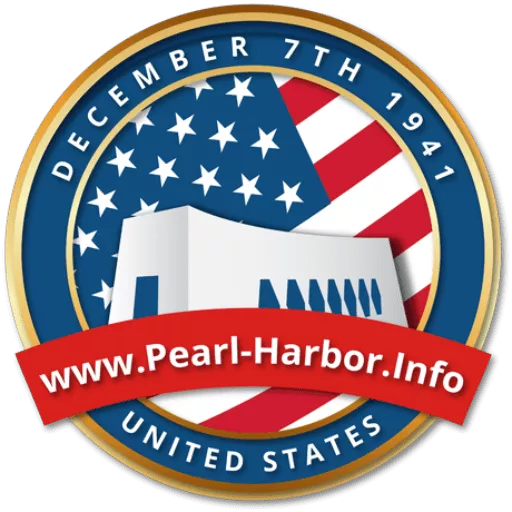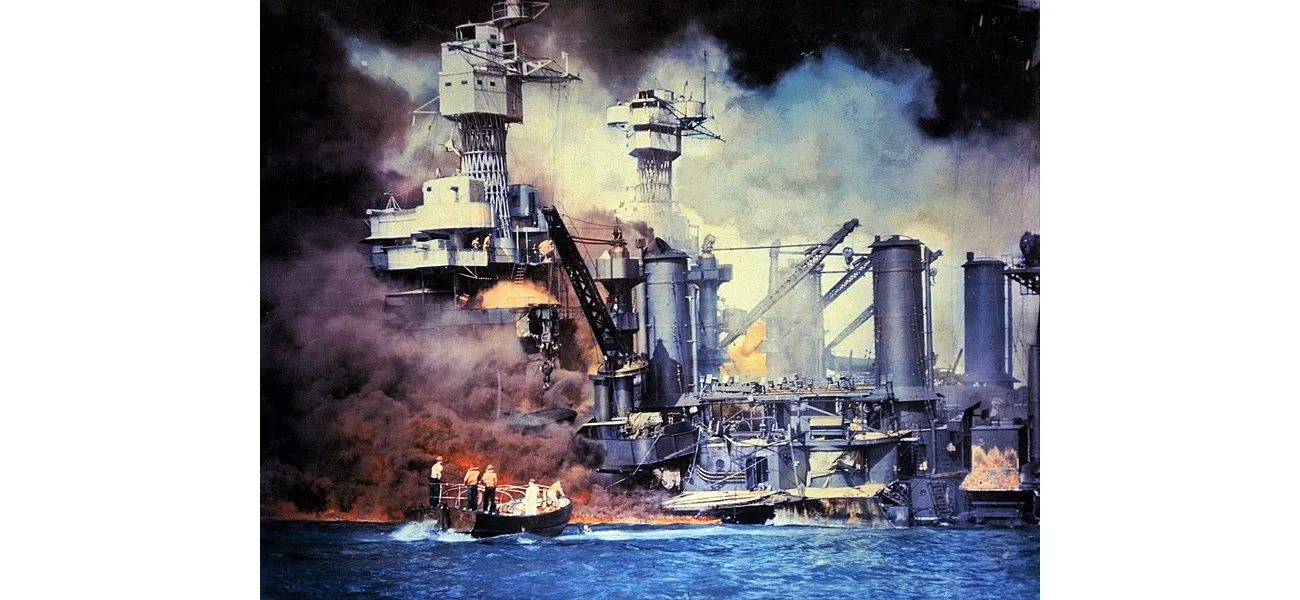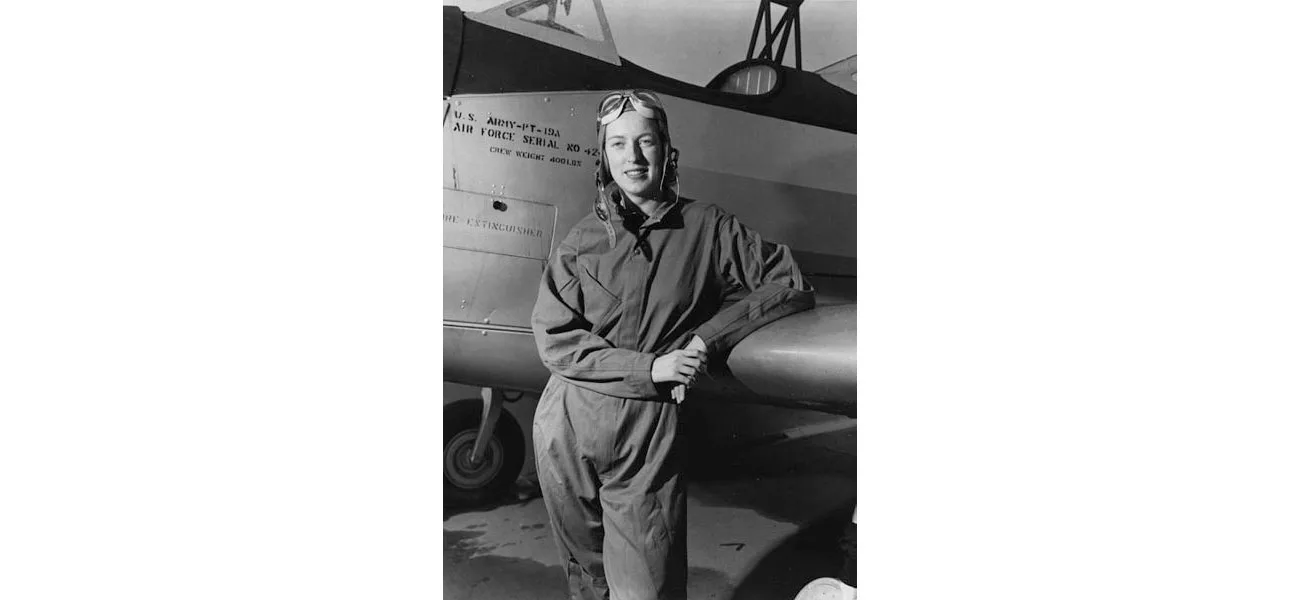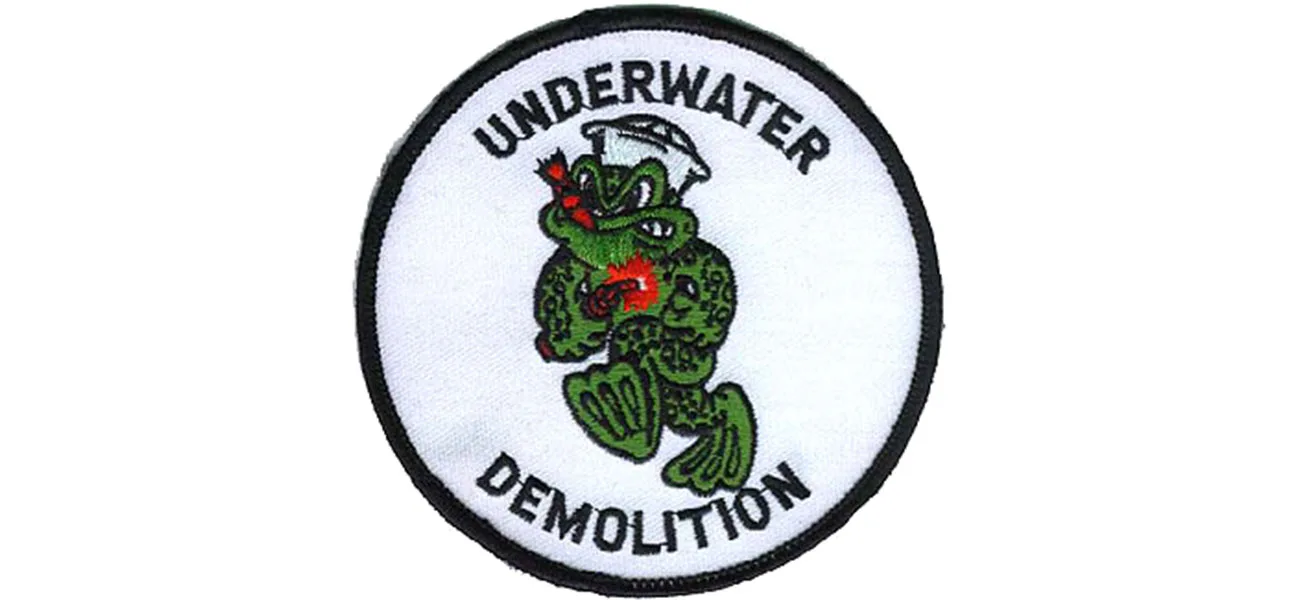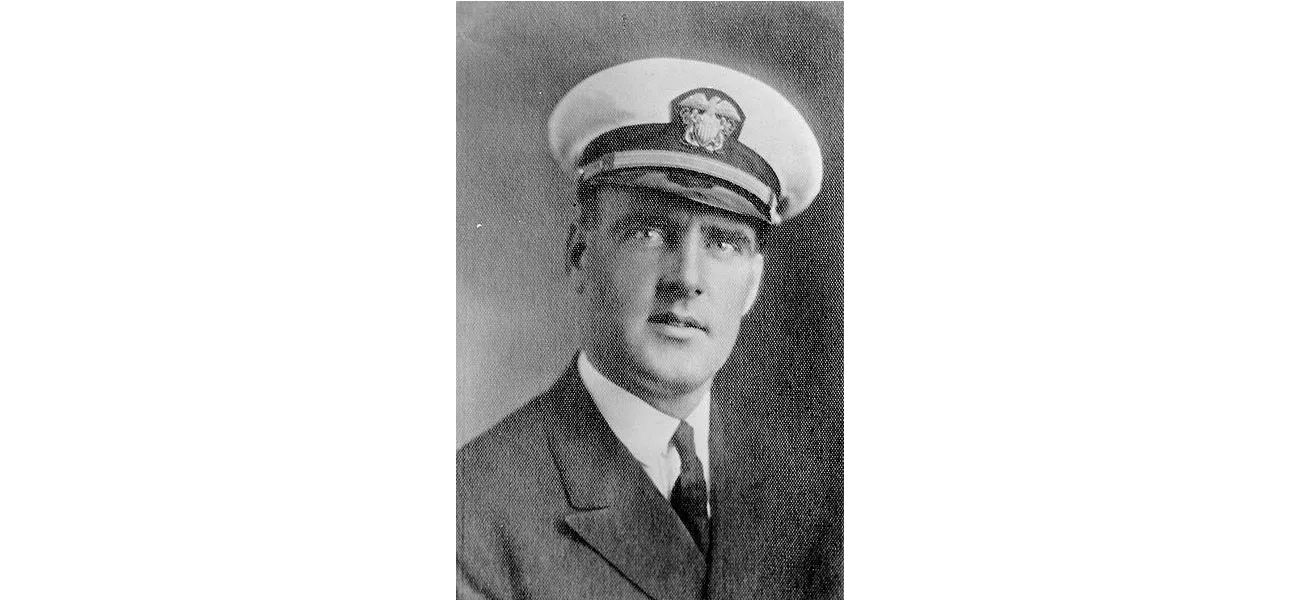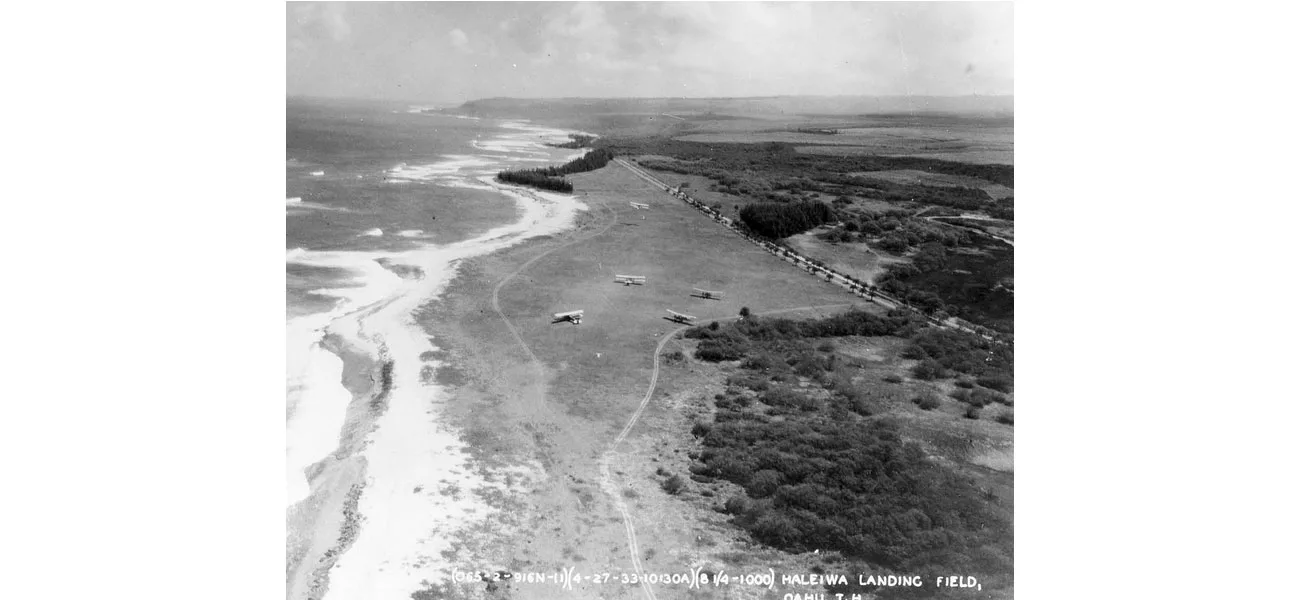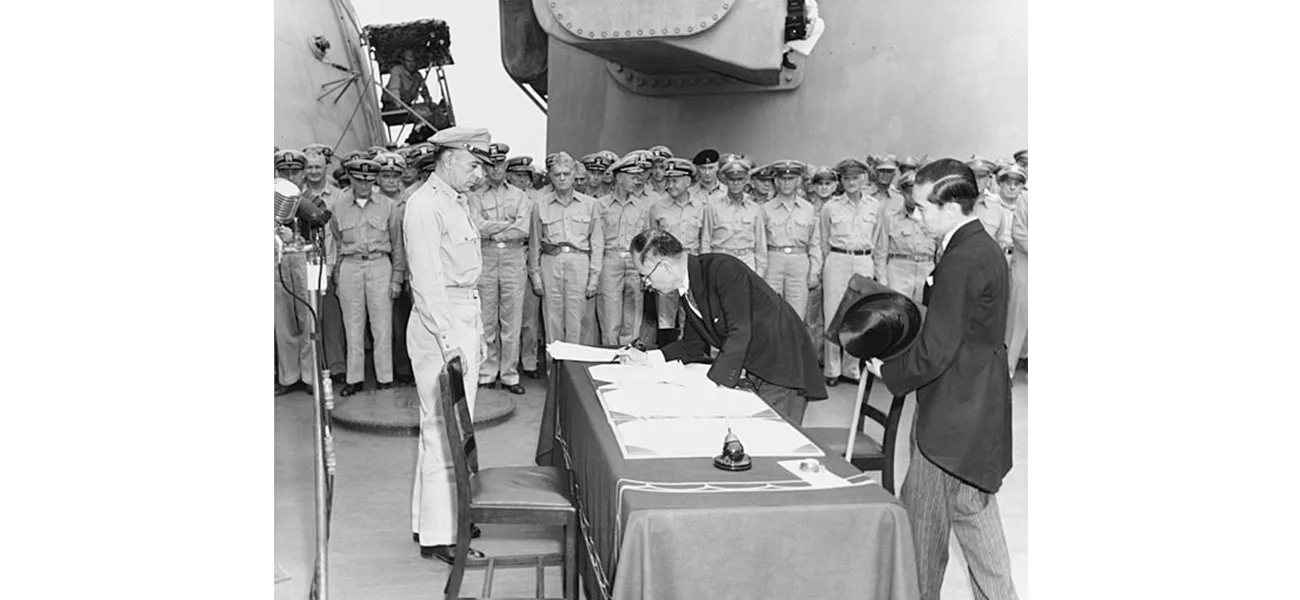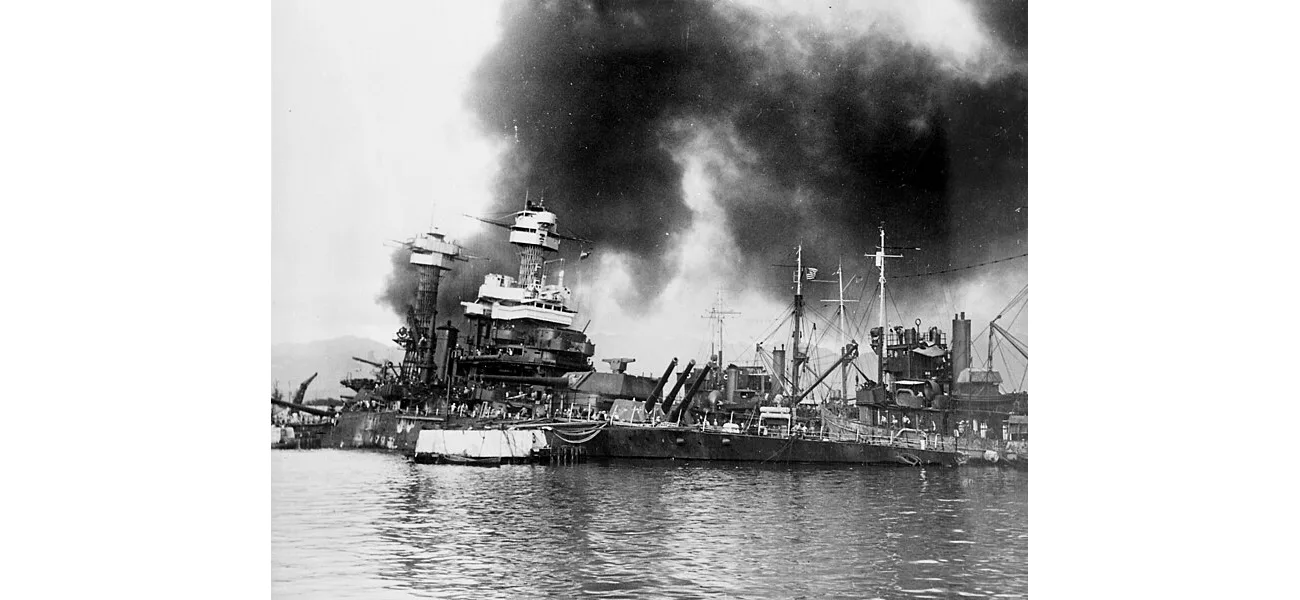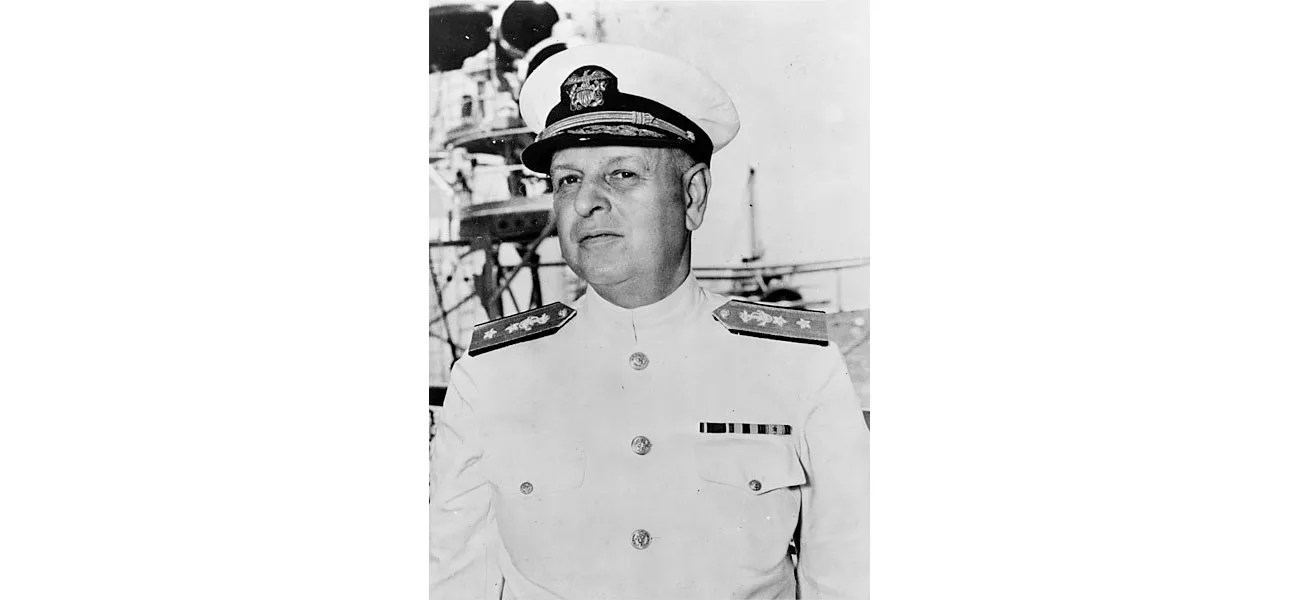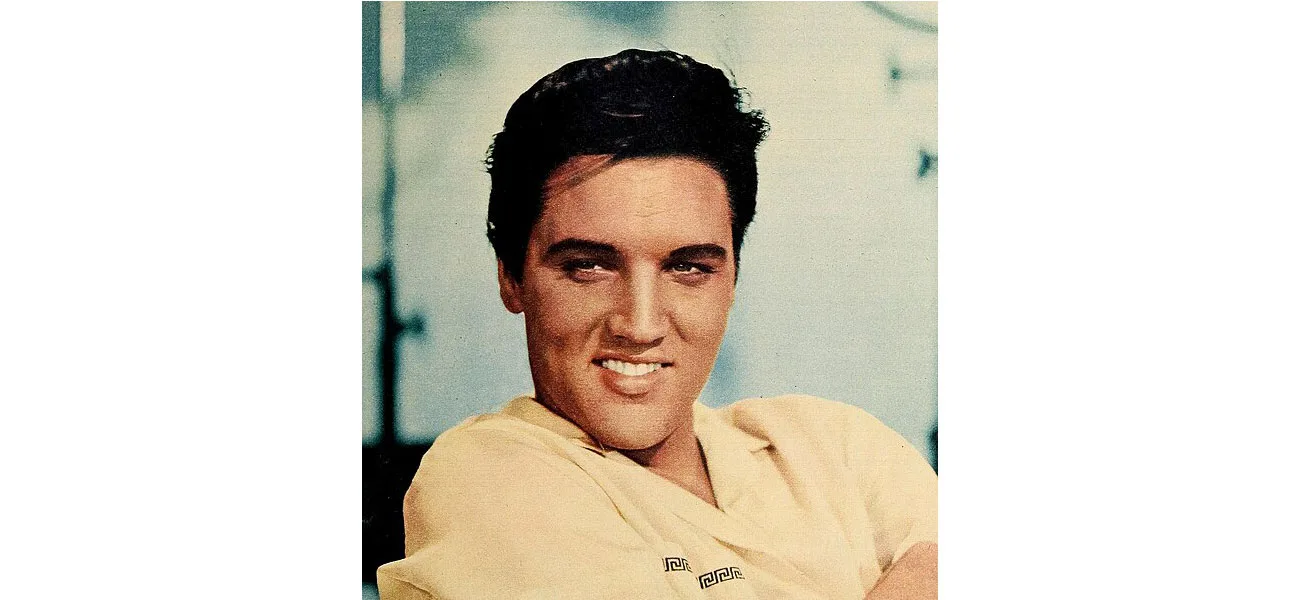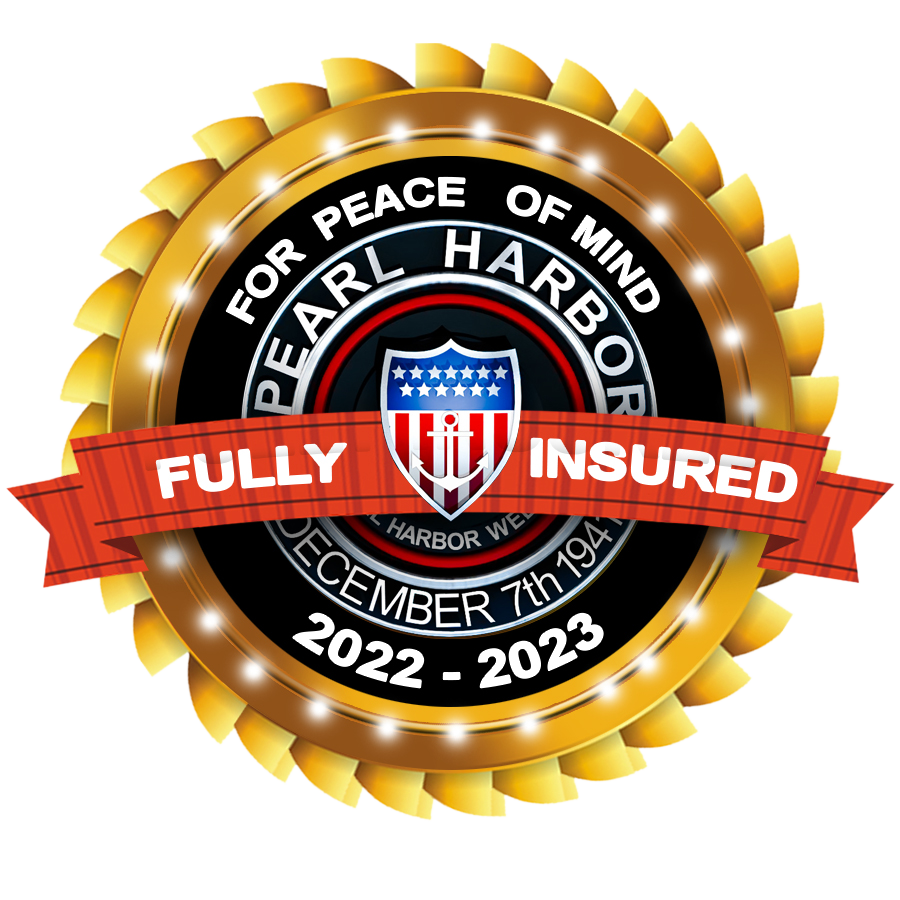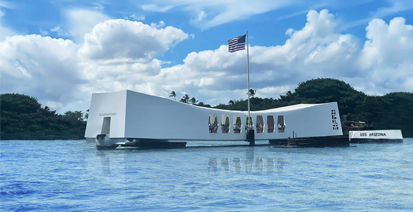USS West Virginia Survivor Archie Kelley Turns 100
Celebrating a centenarian is always a momentous occasion, but for Archie Kelley, his 100th birthday was a unique milestone. Kelley is a survivor of the infamous December 7, 1941, attack on Pearl Harbor, a day etched in history as “a date which will live in infamy.” His remarkable journey from surviving one of the most devastating naval assaults in U.S. history to becoming a decorated veteran was celebrated with heartfelt tributes, family, and friends.
A Life Dedicated to Service
Archie Kelley was born into a Navy family and destined to serve his country. After graduating from the U.S. Naval Academy in February 1941, Kelley received an enviable assignment at Pearl Harbor in the Territory of Hawaii. For the young naval officer, it seemed like a dream come true. He was captivated by the island’s stunning landscapes, the warm weather, and the potential for adventure.
That dream, however, took a devastating turn on the morning of December 7, 1941.
The Attack on Pearl Harbor
When Japanese forces launched their surprise attack on Pearl Harbor, Kelley was stationed aboard the USS West Virginia (BB-48). As the ship’s damage control officer, his responsibilities became critical when the West Virginia was struck by seven torpedoes and engulfed in chaos.
Despite the heavy bombardment and the loss of key leadership—Captain Mervyn Bennion was mortally wounded, and the Executive Officer abandoned ship—Kelley demonstrated extraordinary composure and quick thinking.
“I was able to counter-flood the ship to prevent it from rolling over like the [USS Oklahoma], which lost 400 people immediately when they rolled over,” Kelley later recalled. His efforts were instrumental in saving the West Virginia from complete destruction.
Although heavily damaged, the West Virginia was eventually salvaged and returned to service, thanks in part to Kelley’s decisive actions that day.
Serving Beyond Pearl Harbor
Kelley’s naval career didn’t end with Pearl Harbor. After the attack, he was reassigned to the destroyer USS Gansevoort (DD-608), serving in the Pacific theater during World War II. The Gansevoort played a key role in the U.S. Navy’s “island hopping” strategy, striking Japanese installations on numerous islands.
Kelley served a total of seven years in combat during his 30-year military career. His dedication to service earned him the rank of captain, a testament to his unwavering commitment to his country.
A Hero Honored
On the occasion of his 100th birthday, Kelley’s contributions were celebrated in grand style. He received a congratulatory letter from the Secretary of the Navy, Richard V. Spencer, and a commendation letter from Arizona Governor Doug Ducey, acknowledging his decades of service and bravery.
Kelley was surrounded by his loving family, including his wife, Carol, his daughter, six grandchildren, and two great-grandchildren. The event was not only a tribute to a life well-lived but also a reflection of the gratitude felt by those who benefited from his sacrifices.
Legacy of the USS West Virginia
The USS West Virginia, known as the “Wee Vee,” holds a special place in naval history. Despite the devastation it suffered at Pearl Harbor, the ship was salvaged, modernized, and returned to service, playing a critical role in the Pacific War, including the Battle of Leyte Gulf.
For Kelley, his time aboard the West Virginia was a defining chapter in his life. His efforts during the attack helped preserve the legacy of the ship and its crew, ensuring it remained a symbol of resilience and determination.
Archie Kelley’s Enduring Impact
As one of the dwindling survivors of Pearl Harbor, Kelley’s story serves as a powerful reminder of the sacrifices made by the Greatest Generation. His heroism during one of America’s darkest hours continues to inspire future generations.
Turning 100 is an extraordinary achievement in itself, but for Archie Kelley, it represents a century marked by bravery, resilience, and service. From surviving the attack on Pearl Harbor to serving with distinction across decades, Kelley’s life is a testament to the enduring spirit of those who answered the call of duty.
Conclusion
Archie Kelley’s 100th birthday was more than just a celebration of longevity—it was a moment to honor a hero. As a survivor of the USS West Virginia and a veteran of World War II, Kelley’s legacy is intertwined with some of the most pivotal moments in American history.
Through his service, leadership, and courage, Kelley not only safeguarded his ship and crew but also contributed to the broader war effort that ultimately led to victory. Today, his story continues to resonate, reminding us of the extraordinary sacrifices made by ordinary individuals during times of crisis.
Happy 100th birthday, Archie Kelley—a true American hero.
